Our interview series returns today as we speak to the wonderful historical author, Sharon Bennett Connolly. Sharon has been fascinated by history her whole life. She has studied history academically and just for fun – and even worked as a tour guide at historical sites. For Christmas 2014, her husband gave her a blog as a gift – historytheinterestingbits – and Sharon started researching and writing about the stories that have always fascinated, concentrating on medieval women. Her latest book, Ladies of Magna Carta: Women of Influence in Thirteenth Century England, released in May 2020, is her third non-fiction book. She is also the author of Heroines of the Medieval World and Silk and the Sword: The Women of the Norman Conquest. Sharon regularly gives talks on women’s history, she is a feature writer for All About History magazine and her TV work includes Australian Television’s Who Do You Think You Are?

Hi Sharon, thanks for speaking to us today! To start with, when did you first become interested in studying history?
I have always had a love of history, for as long as I can remember. One of my prized possessions is a History of the Kings and Queens of Britain that I got for Christmas when I was 9. The cover is dog-eared now, but then it is a well-read book that has travelled with me everywhere, from home in Yorkshire to university, Paris, London and now back to Yorkshire.
At university I took a combined degree, which included 2 years of history, but when it came to my final year and I had to drop it – I decided to drop law instead. I just could not give up history!
You’ve worked as a tour guide at historical sites – what did you enjoy most about it, and did you have a favourite place to work?
Conisbrough Castle. I grew up a couple of towns away from Conisbrough and visited every summer for family picnics as a child. After university, I was still trying to work out what I wanted to do, so volunteered at the castle until I could decide. I spent 6 months there, then went to Paris to work at EuroDisney. I loved doing the guided tours for the school kids. It was great telling them that the castle was 800 years old – much older than their grandparents! It was amazing, being able to bring history to life for these kids, telling them about the gruesome bits and the overflowing toilets – kids have an unending fascination for castle toilets!

It must have been really rewarding! Your history blog started almost 6 years ago now, what were the challenges when you first started writing?
I think the only challenge I had was being disciplined enough to write articles on a regular basis. It stood me in good stead, though, and helped me build up my confidence in writing and develop a discipline that I have continued when writing the books. I found it a great learning experience and still enjoying writing and publishing articles. If I come across an interesting character in my research, but can’t fit them in the book, I write an article about them for the blog.
So what do you enjoy most about the blog?
The interaction it gives me with readers. When you write a book, you get feedback through reviews, but there’s no real conversation. With the blog, people leave comments, send you emails, comment on your posts on Facebook and Twitter, so you get to hear what they enjoyed about your article, whether they have extra information. You can really get a discussion going about the people and events you’re writing about – you don’t get as much that with a book.
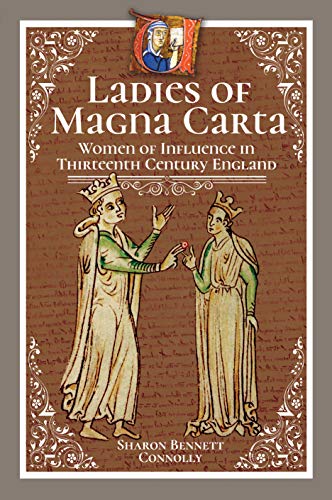
Your writing focuses on medieval women, what drew you to this topic area?
It was an accident, really, and mainly due to writing the blog and the history groups on Facebook. I noticed that the popular articles on my blog were the ones about women, and started focusing on writing more of them, because that’s what people were interested in. We all know about Eleanor of Aquitaine and Philippa of Hainault, but unless you wanted to learn about a queen, there was very little information on medieval women freely available. So, I started looking into the women who had influenced history, but were not widely known, such as Nicholaa de la Haye and Matilda de Braose, and I was hooked. I think, like many, I though that women in the medieval era were simply wives and mothers. I was amazed to discover that they were so much more; that they defended castles, managed large estates, influenced politics – and raised the children!
They were certainly a lot more powerful than many people realise. Do you have a favourite woman you have written about?
Nicholaa de la Haye. She was hereditary castellan of Lincoln Castle, successfully defended it through 3 sieges – the last when she was in her 60s. She became the first ever female sheriff when she was appointed sheriff of Lincolnshire by King John, just hours before his death. Such an incredible woman, and yet, so few people know about her. I find her fascinating because she was one of the few people who remained loyal to John throughout, despite his many flaws. She was loyal, noble, and had a deep sense of her own rights and responsibilities.
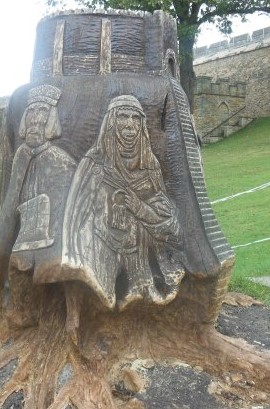
Your new book, Ladies of Magna Carta, comes out this month – where did you get the idea for it?
From the stories of Matilda de Braose, Nicholaa de la Haye and Isabel d’Aubigny. I realised that if these women had such incredible stories, all associated with Magna Carta, then there may be more. So, I started looking into it and found that there were some incredible women whose stories were inextricably linked with that of Magna Carta; either in the struggle for its creation, in its clauses, or in its implementation.
The 13th century was very much a man’s world, but there were so many aspects of it in which women played a huge part of it – the first female sheriffs were appointed, they defended castles and passed on vast inheritances to their sons. The rights of widows had to be protected in order to protect the rights of these sons. The struggle to establish Magna Carta influenced so many lives, from the Marshal sisters, whose father, William, was the one to reissue it in 1217, to the wives and daughters of King John himself, to the princesses of Scotland who were hostages in England at the time of the crisis.
You mentioned Maud de Braose who was the inspiration for a clause of the Magna Carta due to her horrific imprisonment and death. What other kinds of influence on the politics surrounding Magna Carta did these women have?
There were far more than I originally expected to find. Maud’s own daughter, Loretta de Braose, also influenced another clause of Magna Carta after John tried to steal her dower lands from her. Then there were the daughters of King William the Lion of Scotland, who had been hostages in England since 1209 and get their own Magna Carta clause. These are the ones who influenced particular clauses in Magna Carta, but there were other women who used Magna Carta to defend their own rights, such as Isabel d’Aubigny, who took Henry III to task for ignoring Magna Carta when he appropriated Isabel’s lands. There were also the women for whom Magna Carta provided no solace, such as Eleanor of Brittany, who was held prisoner, first by King John and then by his son, Henry III, simply because she had a strong claim to the crown.
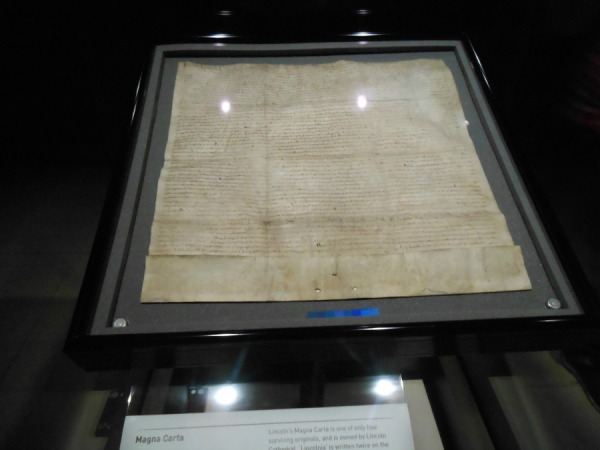
There are certainly some tragic stories buried in there. Do you have a routine for your writing?
I try to have a routine, but I’m not always successful in sticking to it. My son is in secondary school, so is generally out of the house at 7.30 in a morning and back around 4.30. So, my writing time is while he is out of the house. I go for a walk first thing, get all my household chores done, like the washing-up and hanging the washing out. By 9.30, I’m usually sat at my desk and stay there until 4.30, though I do stop around 12.30 for an hour, for lunch. That plan tends to go out of the window during the school holidays, but I have managed to stick to it during the Coronavirus lockdown.
You sound very disciplined! What do you find most difficult about writing – and what is the best part?
The most difficult thing about writing a book is by far the first sentence. I have to tell myself, ‘Just do it. You can change it later if you need to.’ Once I get into a book, the words seem to flow, but writing that first sentence, having the confidence to put pen to paper, so-to-speak, that is always the hardest part.
The best part of the actual writing is when you get near the end. When you know you have only a few chapters left, and you can see the light at the end of the tunnel -and you know you’re going to get it finished.
The best part of the whole process, though, has to be when you actually hold the book in your hand, and you can flick through the pages, and say ‘I wrote this!’. That is just incredible!

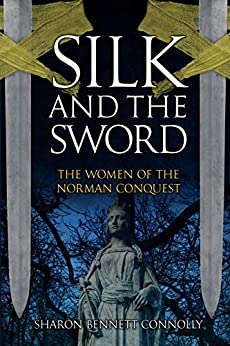
Sharon’s two previous books.
It is certainly a wonderful feeling. Do you have any tips for aspiring historical authors?
Don’t be afraid to give it a go. Do your research and then get writing.
And don’t be afraid to write that first sentence. Writing a book is a steep learning curve, but an unbelievable experience and well worth the pain and self-doubt, in order to hold that finished book in your hands. And enjoy it!
Thank you so much to Sharon for taking the time to speak to us today and giving us such a fascinating insight into her research! Her new book, Ladies of Magna Carta: Women of Influence in Thirteenth Century England, comes out in a few days time on 30th May so make sure to grab your copy! Links to find Sharon are found below.
Blog: https://historytheinterestingbits.com/
Facebook: https://www.facebook.com/Thehistorybits/
Twitter: @Thehistorybits
Amazon UK: https://www.amazon.co.uk/Sharon-Bennett-Connolly/e/B072156Z8V/
Amazon US: https://www.amazon.com/Sharon-Bennett-Connolly/e/B072156Z8V/
Previous Blog Post: Mythical Creatures: The Headless Blemmyes
Previous in An Interview With: Tosca Lee – Historical and Thriller Writer
List of Blog Posts: here Blog Homepage: here
Check out my history book recommendations on Bookshop UK.
Buy my books via the pictures below! Or why not check out our shop?
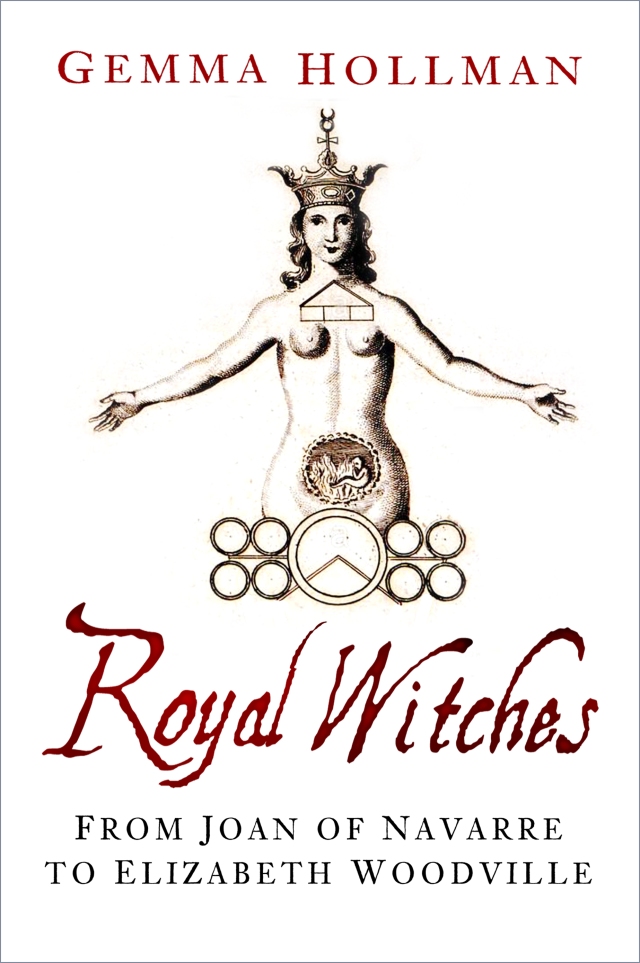
Follow us:
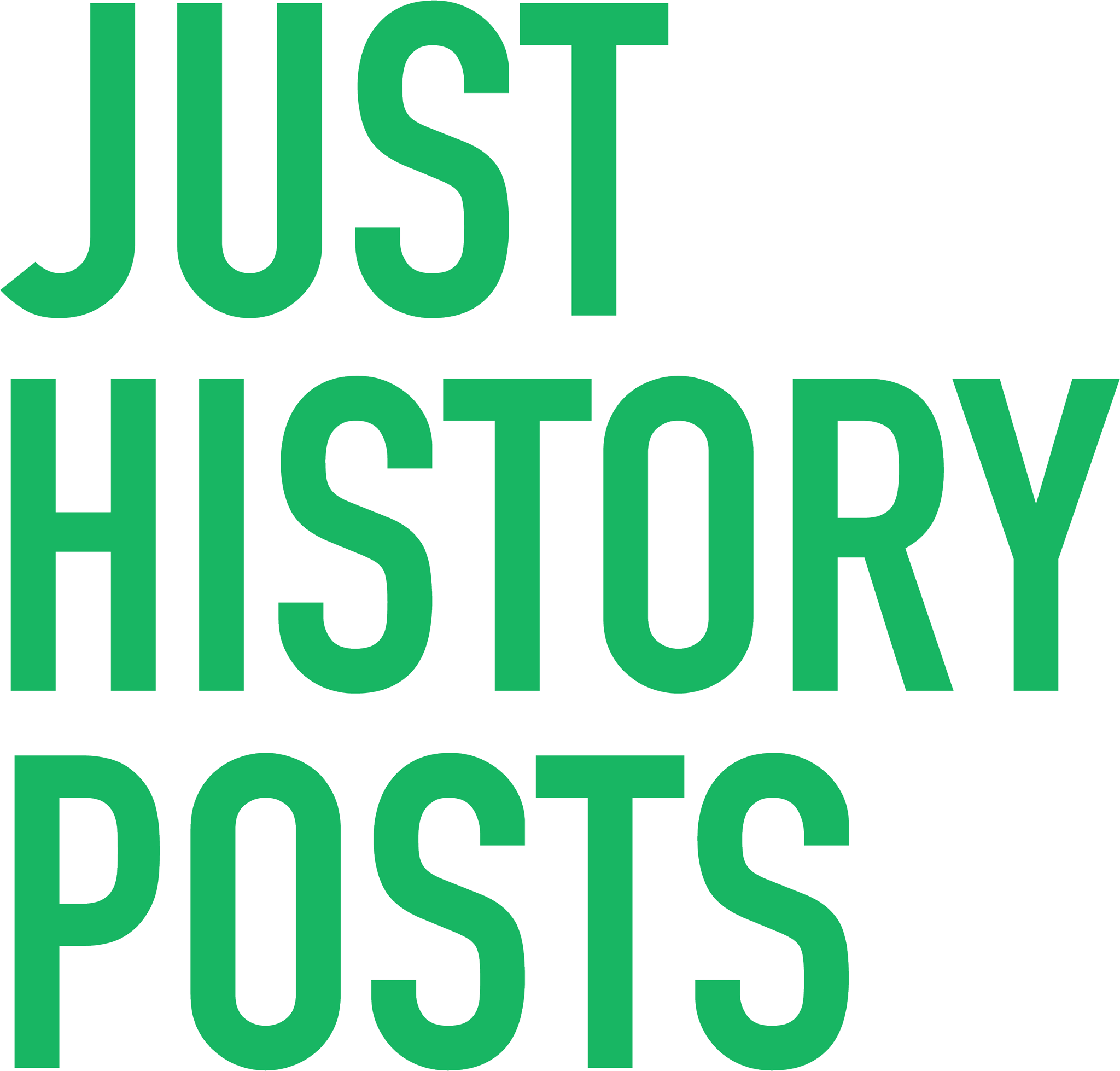

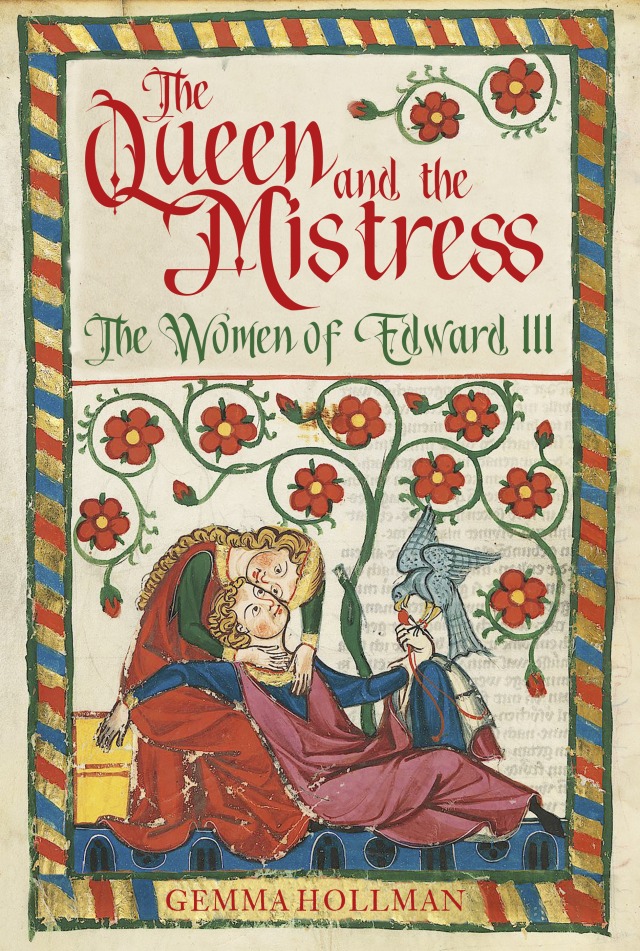



Such an interesting interview – I had no idea that most of the women spoken about existed!
LikeLiked by 2 people
Thank you, it was great to speak to her! I had vaguely heard some of the names but didn’t really know who they were. Fascinating how many strong women there were around that time that as you say, most people have never heard of!
LikeLiked by 3 people
Thank you! They were fascinating to research – so many strong, incredible women. It was a pleasure to tell their stories.
LikeLiked by 2 people
Good luck with the book!
LikeLiked by 1 person
Thank you Gemma – and thank you so much for the interview. It was really fun!
LikeLiked by 1 person